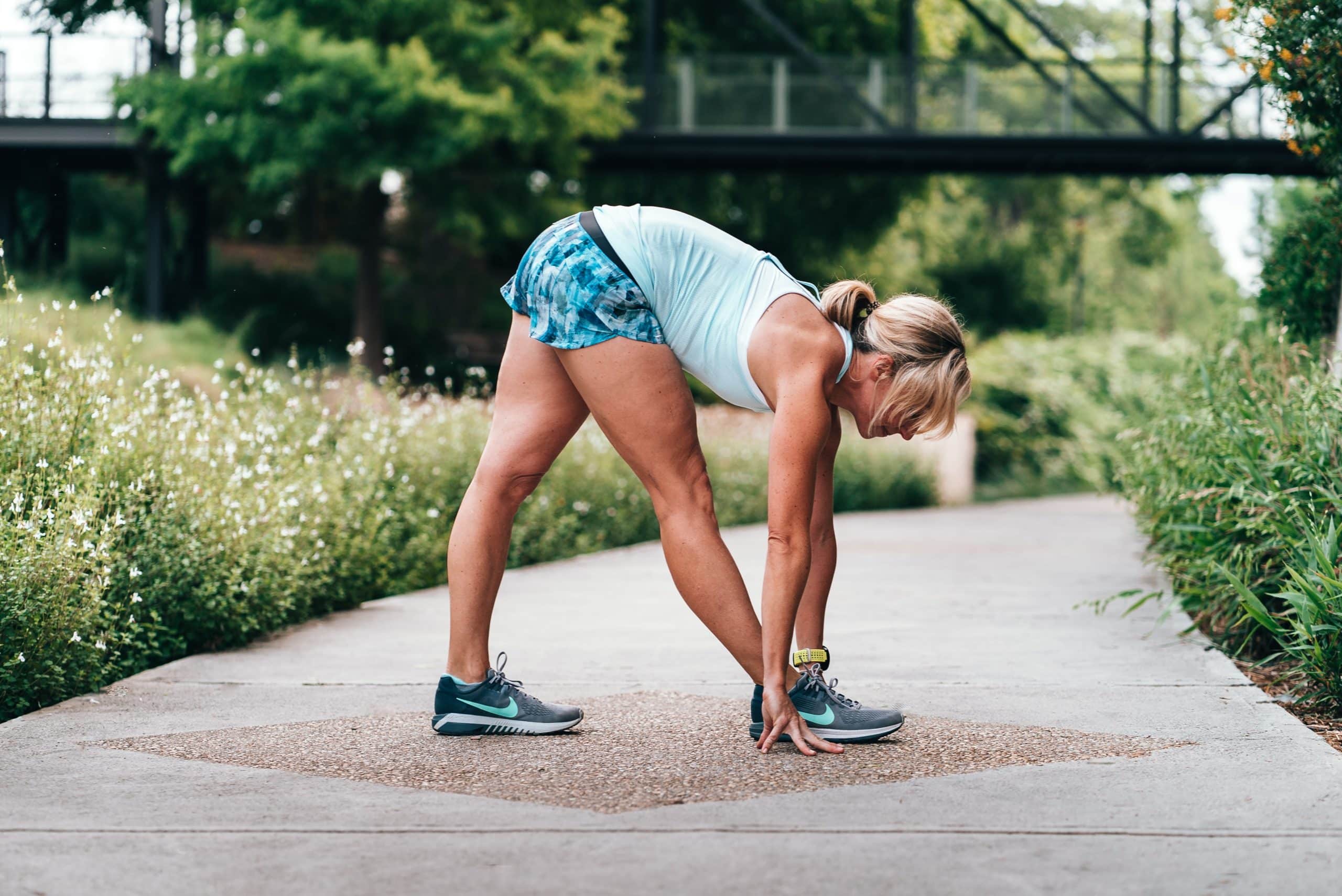
 Most people that workout regularly ensure they warm up so they get the best performance and reduce the potential for injury. However, some fail to cool down after exercise, which is just as important. Cooling down does many things for the body. Too often people are ready to get out of the gym and neglect this important part of their workout. There is a price to pay that’s often higher than you might think.
Most people that workout regularly ensure they warm up so they get the best performance and reduce the potential for injury. However, some fail to cool down after exercise, which is just as important. Cooling down does many things for the body. Too often people are ready to get out of the gym and neglect this important part of their workout. There is a price to pay that’s often higher than you might think.
DOMS—delayed onset muscle soreness—can be prevented with a cool down session.
If you feel sudden pain in a muscle, which often occurs with runners in the back of the leg or have an abnormal contraction of a muscle, you have a muscle cramp. These are caused by microtears in the muscles. It can start within twenty four hours but may occur as long as forty-eight hours after a workout. Normally, you expect muscle aches, but not the debilitating pain of DOMS. A California State University study showed that a cool down cycling session after strength training could reduce the potential significantly. Stretching and cooling down after exercise can help relax the muscle tissue and help prevent the problem.
Cooling down helps prevent blood pooling in your legs and arms.
When you workout, you’re boosting the rate that your heart pumps. Moving helps it pump through the body. However, if you stop abruptly, the squeezing action of the muscles that help with that causes blood pooling by slowing its return back to the heart and also the brain because no muscles are helping it. It can be trapped by the valves in the veins. This causes you to get faint and lightheaded. While this isn’t typically dangerous, it can mask the potential of serious conditions that require medical attention. Most of all, it can be scary and quite concerning.
Cooling down helps prevent injuries.
That jelly-legged feeling after a tough workout comes from the muscle tissue being extremely warm, which means extremely pliable. That’s the best time to do some stretching and begin the slow lengthening over time that increases the range of motion. The improved range of motion helps reduce injuries and can relieve back problems that can occur when your hamstrings or hip flexors are too tight. It’s one of the best You’ll clear out the buildup of lactic acid in your muscles. That ten minutes of stretching helps the body to clear out this byproduct of exercise and prepare the muscles for the next endeavor.
- Cool down helps the body come back to homeostasis, the body’s balanced state. The body does it slowly, giving the biggest benefit to the body from the endorphins that makes you feel good.
- A short session of cooling down is worth the ten minutes. It slows the heart rate gradually, lowers the breathing rate and gradually allows the body temperature to cool.
- Static stretching, swimming and even walking at a brisk pace are great cool down exercises after a tough workout. Save the ballistic and dynamic stretches for warming up.
